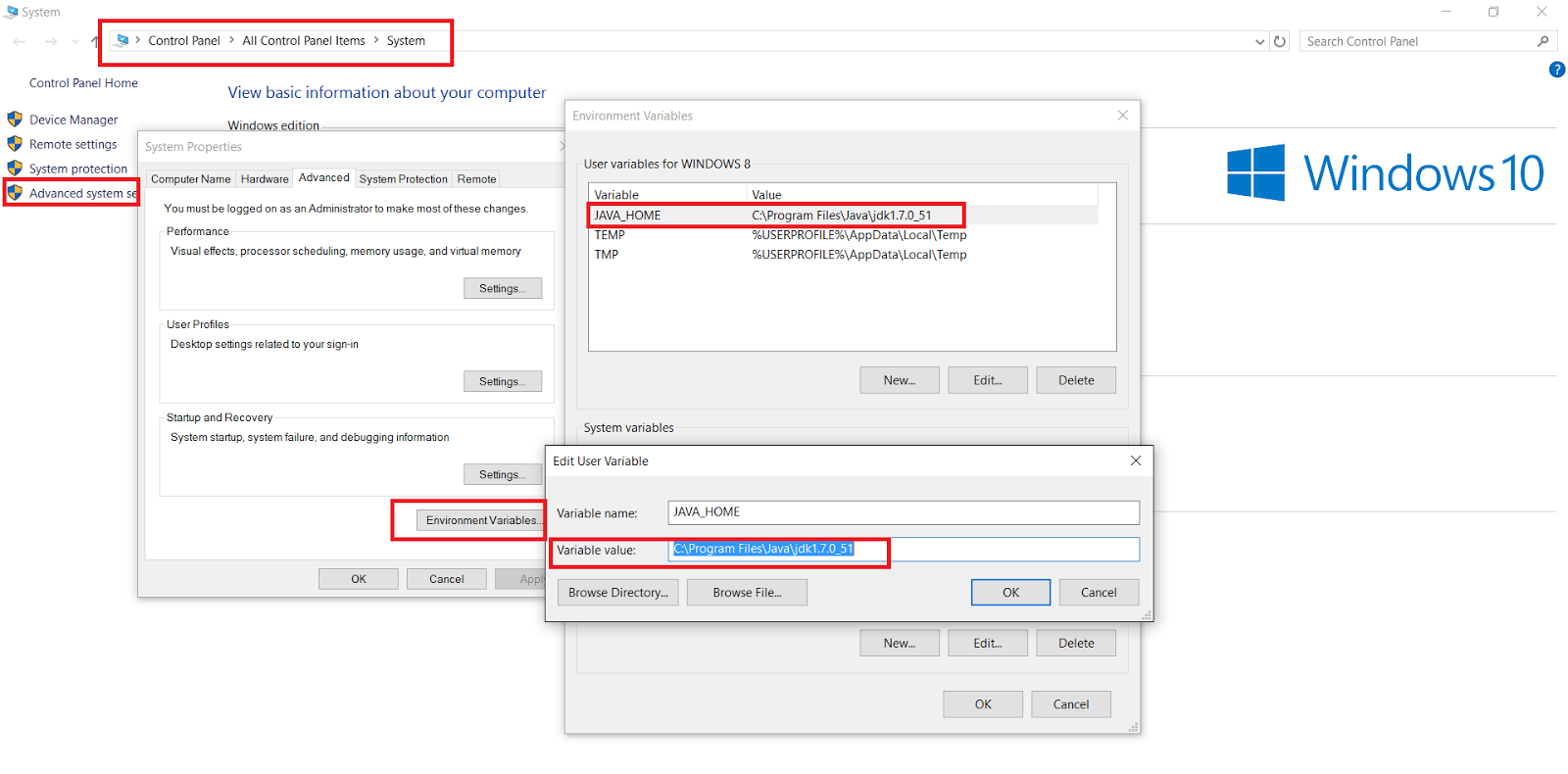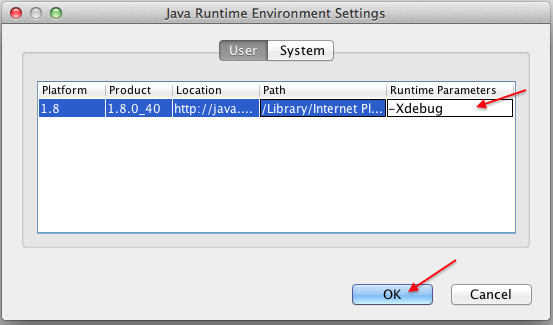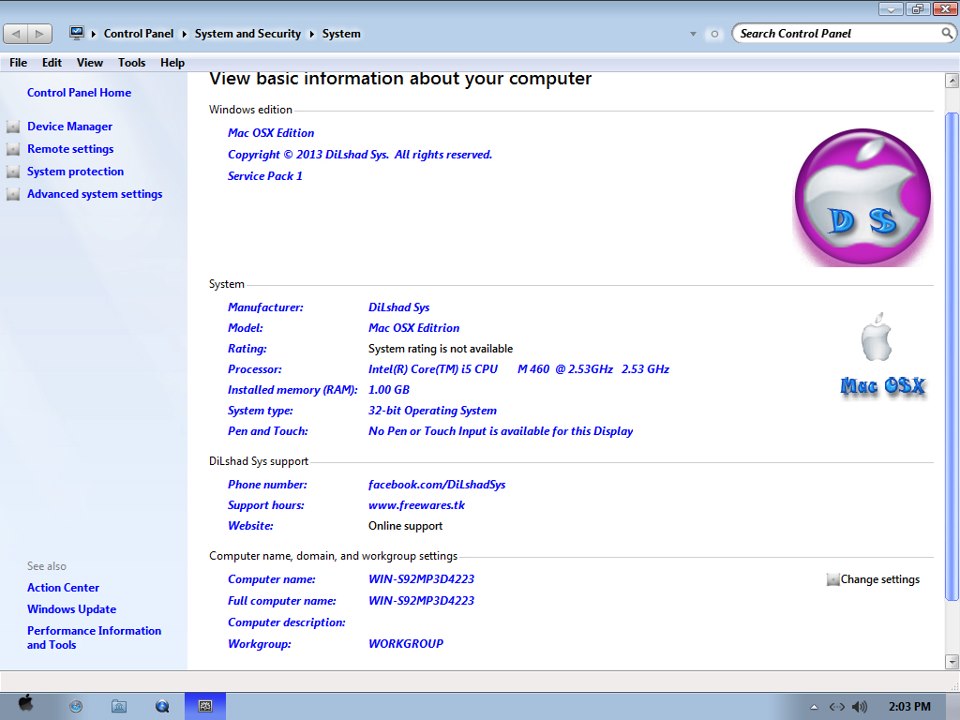
- #Java runtime environment for mac os x 10.10 how to
- #Java runtime environment for mac os x 10.10 install
- #Java runtime environment for mac os x 10.10 software
It will simply be ignored by system's java command. That JDK can still be used when $JAVA_HOME points to it, or explicitly referenced in a script or configuration. To exclude a JDK from being picked by default, rename its Contents/ist to.The system will pick the highest version by default. leave all JDKs at their default location, under /Library/Java/JavaVirtualMachines.The following approach works with Java 7 to 12 at least (early access at the time of this writing), with Oracle JDK or OpenJDK (including builds by AdoptOpenJDK produced after mid-October 2018). I want to control system's default, and that should be latest stable. when I start my IDE) to use the latest "early access" version I have for now. Usually I have the latest stable one for general use, and others for tests. As far as I can tell, none of the current answers do that (*).Īs a developer, I use several JDKs, and I want to switch from one to the other easily.
#Java runtime environment for mac os x 10.10 how to
This answer is an attempt to address: how to control java version system-wide (not just in currently running shell) when several versions of JDK are installed for development purposes on macOS El Capitan or newer (Sierra, High Sierra, Mojave). Press Y to save your changes source ~/.zshrc zshrc file should work: nano ~/.zshrcĮxport JAVA_HOME=$(/usr/libexec/java_home -v 1.8.0) Java HotSpot(TM) 64-Bit Server VM (build 20.65-b04-462, mixed mode)Īdd the export JAVA_HOME… line to your shell’s init file.įor Bash (as stated by antonyh): export JAVA_HOME=$(/usr/libexec/java_home -v 1.8)įor Fish (as stated by ormurin) set -x JAVA_HOME (/usr/libexec/java_home -d64 -v1.8) Now when you run java -version you will see: java version "1.6.0_65" Or you can specify just the major version, like: export JAVA_HOME=`/usr/libexec/java_home -v 1.8` Pick the version you want to be the default ( 1.6.0_65-b14-462 for arguments sake) then: export JAVA_HOME=`/usr/libexec/java_home -v 1.6.0_65-b14-462` Library/Java/JavaVirtualMachines/jdk1.8.0_05.jdk/Contents/Home Selecting a region changes the language and/or content on run /usr/libexec/java_home -V which will output something like the following: Matching Java Virtual Machines (3):ġ.8.0_05, x86_64: "Java SE 8" /Library/Java/JavaVirtualMachines/jdk1.8.0_05.jdk/Contents/Homeġ.6.0_65-b14-462, x86_64: "Java SE 6" /System/Library/Java/JavaVirtualMachines/1.6.0.jdk/Contents/Homeġ.6.0_65-b14-462, i386: "Java SE 6" /System/Library/Java/JavaVirtualMachines/1.6.0.jdk/Contents/Home
#Java runtime environment for mac os x 10.10 install
Install Java runtime prompts when you attempt to use the applications.If the Java runtime is not installed, some issues that are known to occur include. Adobe recommends that corporate IT organizations pre install Java (or make sure that Java can be installed through their firewalls/security) to avoid conflicts with Adobe applications. If you encounter any issues, install Java to correct the problems.


If you do not install Java before running an Adobe application, there can be missing or improperly behaving features.

At runtime, when you launch an Adobe application, you are prompted to install Java if it is not already installed. Or it can be installed later before you install Adobe applications.

Adobe and Apple have worked together to ensure that you can install Java at OS install time.
#Java runtime environment for mac os x 10.10 software
Since current Adobe installers and applications were built before these changes by Apple, Adobe software anticipates that Java is installed. It is now an optional install that you must select. Apple recently changed the way it includes Java in Mac OS, and with Lion, Java is no longer preinstalled. Many Adobe applications depend on the Oracle Java Runtime Environment (JRE) for some features to work.


 0 kommentar(er)
0 kommentar(er)
